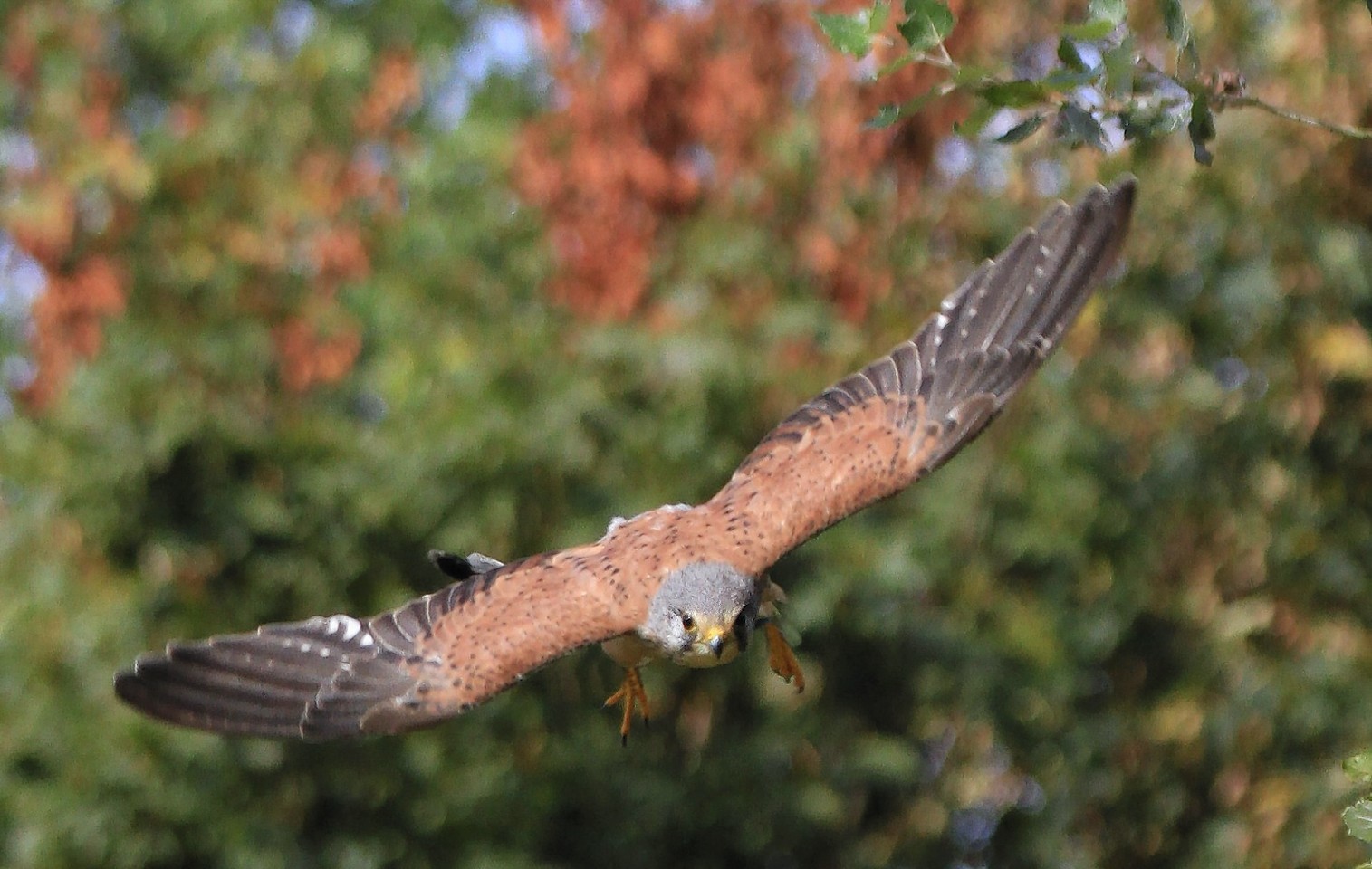Conservationists are investigating whether a change in farming practice is behind a sharp drop in Scotland’s kestrel population.
Numbers decreased by 65% between 1995 and 2012 – the biggest decline of any monitored bird species in the country – according to the latest Breeding Bird Survey.
In Scotland, 471 sites were monitored in 2013 – but the bird of prey was only observed in around 35 of them.
Early studies conducted by the RSPB Centre for Conservation Science, suggest the intensification of agriculture could be the main reason for the significant drop in numbers.
Preliminary results suggest numbers have fallen at times when there has been a change from spring-sown barley to autumn-sown wheat and oil seed rape.
It means there is less food available in the winter for prey species such as voles and seed-eating songbirds, which in turn means less food for predators such as kestrels.
Other factors being investigated include climate change, competition for nest sites and a rise in the use of second generation rat poisons.
Senior conservation scientist Staffan Roos said: “It’s really sad to see kestrels suffering such large drops in numbers in recent years.
“Research into what is causing the decline is vital because once we know what factors are having an impact we can offer advice on how to increase the populations of this charismatic bird of prey.
“For example, we can speak with farmers about increasing field margins to boost vole numbers, which would give kestrels a more abundant food source.”
The small falcons, which are often seen hovering over grassland, have been in decline since the 1970s and are now included in the RSPB’s amber list of concern.
Brookfield Drinks – the owners of Kestrel Lager – has provided financial support for the RSPB’s research and the Scottish Raptor Monitoring Scheme, which has recently increased the monitoring of kestrels and ringing of chicks.
It is hoped the move will provide information on the survival and movements of the birds.
